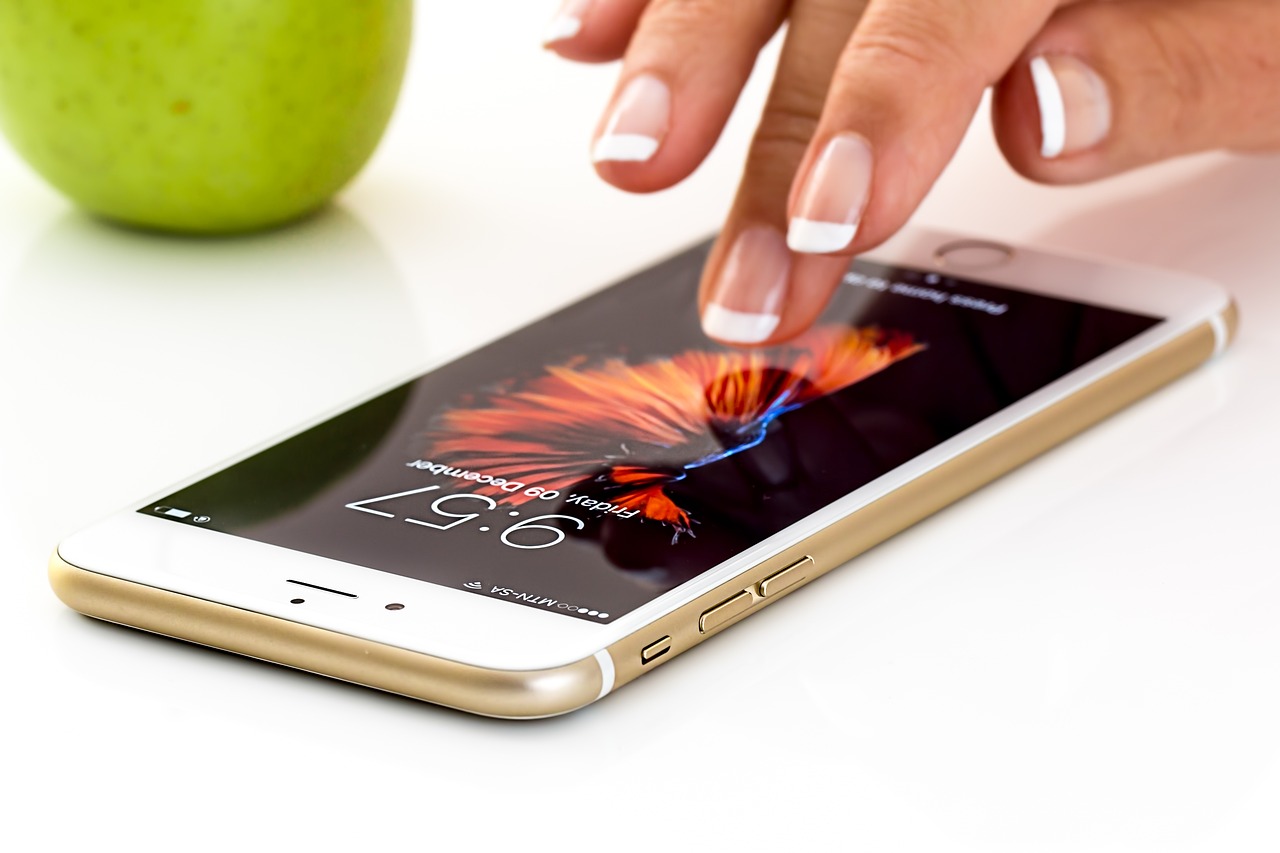With the onset of the digital era, our interaction with glass-based interfaces is now more than ever as they connect us to the virtual world through our phone screens.
But a major challenge is that glass can scratch easily.
Since glass is not not entirely “scratch-proof,” the only option is to make the glasses more “scratch-resistant” by altering the surface properties, specifically the friction, which is known to dictate the extent of damage on glasses.
Addressing this challenge, research carried out by Mr. Sourav Sahoo (Prime Minister’s Research Fellow) working under the supervision of Prof. Nitya Nand Gosvami from the Materials Science and Engineering Department, and Prof. N. M. Anoop Krishnan from the Civil Engineering Department at IIT Delhi, demonstrated that the deposition of atomically thin two-dimensional material like graphene can remarkably increase the scratch durability of glass surfaces by leveraging its two fundamental characteristics – slipperiness and rigidity.
“Nanoscale scratch experiments on silica glass surfaces against hard diamond probes reveal that the graphene coating effectively transforms the glass surface into a highly smooth, ultra-low friction surface—down to the regimes of ‘superlubricity.’ Moreover, the load-bearing ability of graphene shields the underlying glass from the applied pressure, which further reduces the damage from aggressive abrasion to minuscule surface depression”, Prof. Nitya Nand Gosvami said.
“To put in perspective, graphene layers have one-millionth the thickness of human hair. Our computational model confirmed that such subnanometer-thin graphene layers act as a resilient shield for glasses, adept at safeguarding them from stresses during contacts”, added Prof. N.M. Anoop Krishnan.
In essence, this study introduces a simple approach to developing ultra-scratch-resistant glass surfaces with the help of graphene nanocoatings for multi-functional “new-gen” devices and applications. The technique can be adopted for commercial applications in next-generation touch-screen displays in smartphones and tablets for longer service life and durability.

The research paper titled “Superlubricity and Stress-Shielding of Graphene Enables Ultra Scratch-Resistant Glasses” was published in ACS Applied Materials & Interfaces (https://doi.org/10.1021/acsami.3c09653).
Along with Prof. Nitya Nand Gosvami and Prof. N. M. Anoop Krishnan, the research team also included Dr. Zhijiang Ye, Miami University at Oxford (Ohio, USA); research scholars Sourav Sahoo, Zuhaa Khan from the Materials Science and Engineering Department, and Sajid Mannan, Utkarsh Tiwari from the Civil Engineering Department, IIT Delhi.

